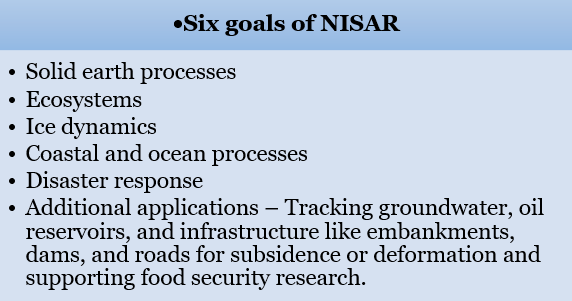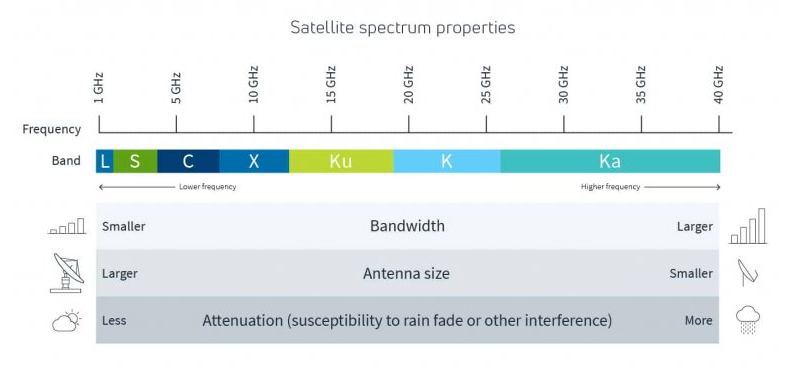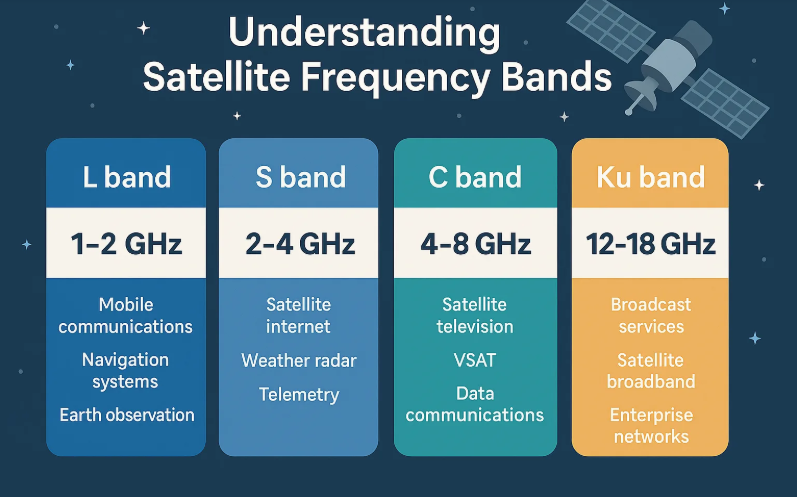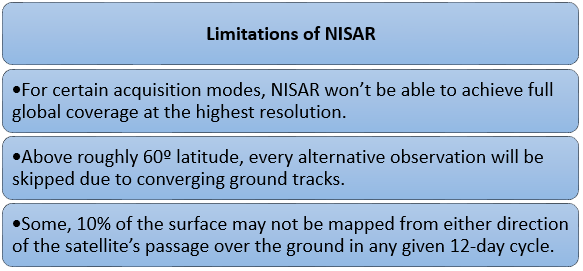Mains: GS III - Science and Technology- Developments and their Applications and Effects in Everyday Life| Achievements of Indians in Science & Technology| Indigenization of Technology and Developing New Technology
The Indian Space Research Organisation (ISRO) is planning to launch the NISAR satellite from Sriharikota on July 30 on board a GSLV Mk-II Rocket.
GSLV Mk-II is designed to launch heavy satellites, particularly those weighing around 4 tons to geostationary transfer orbit (GTO) or about 10 tons to low Earth orbit (LEO).

I‑3K spacecraft bus is the platform that houses the controls to handle command and data, propulsion, and attitude.


Polarisation is the direction in which the electric field of some electromagnetic radiation, like radio waves, oscillates.
For example, it is enough to spot impending land subsidence in cities
